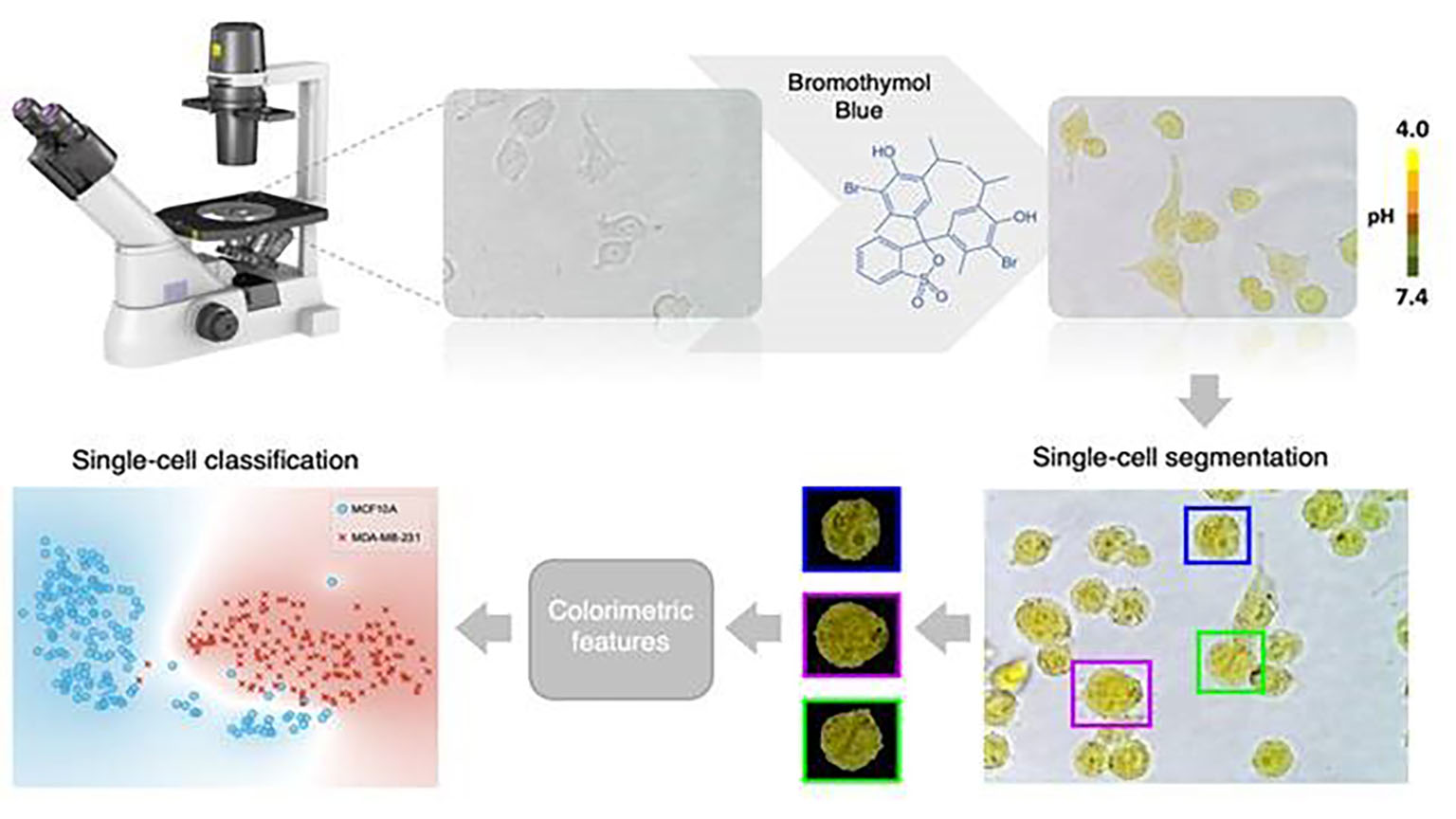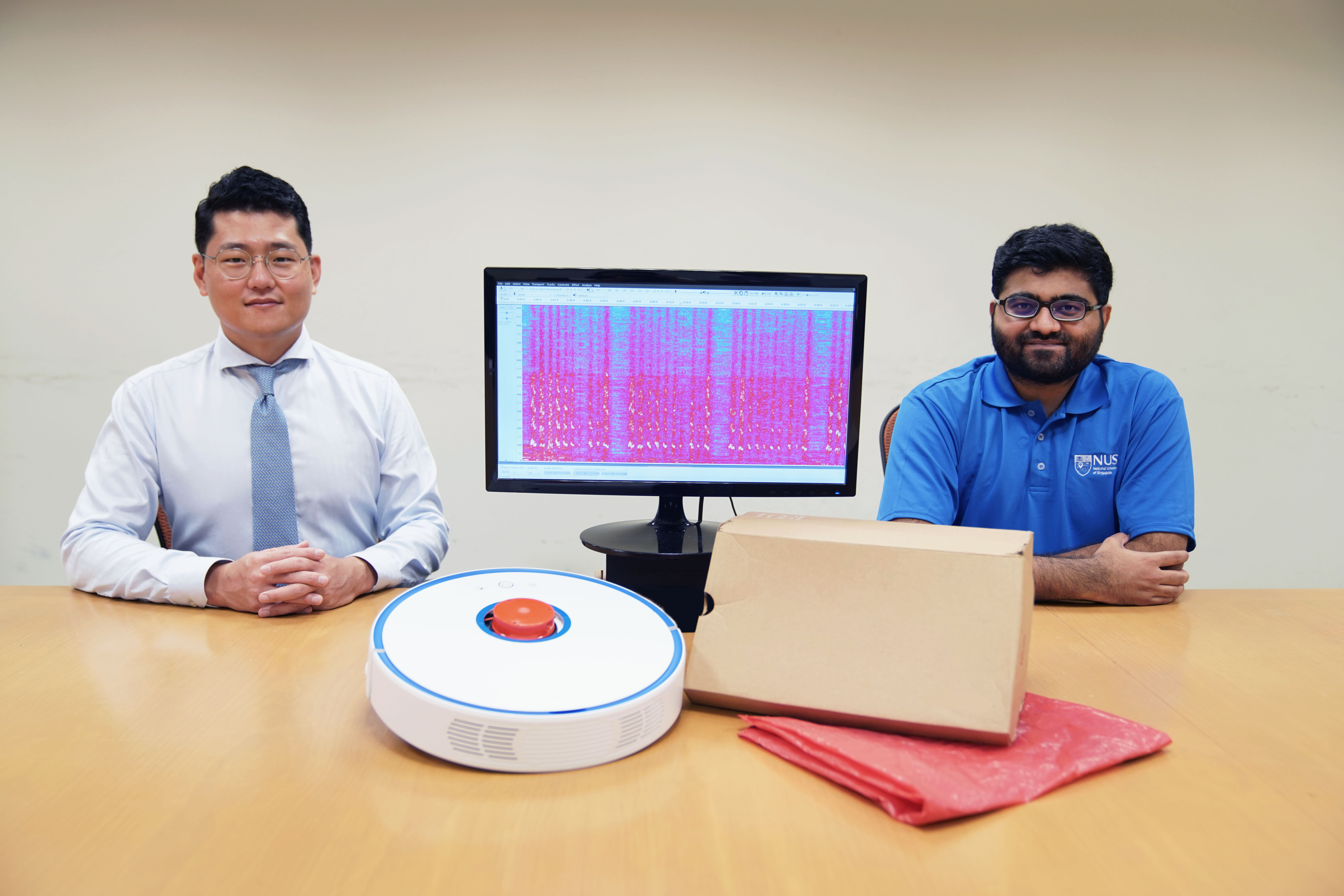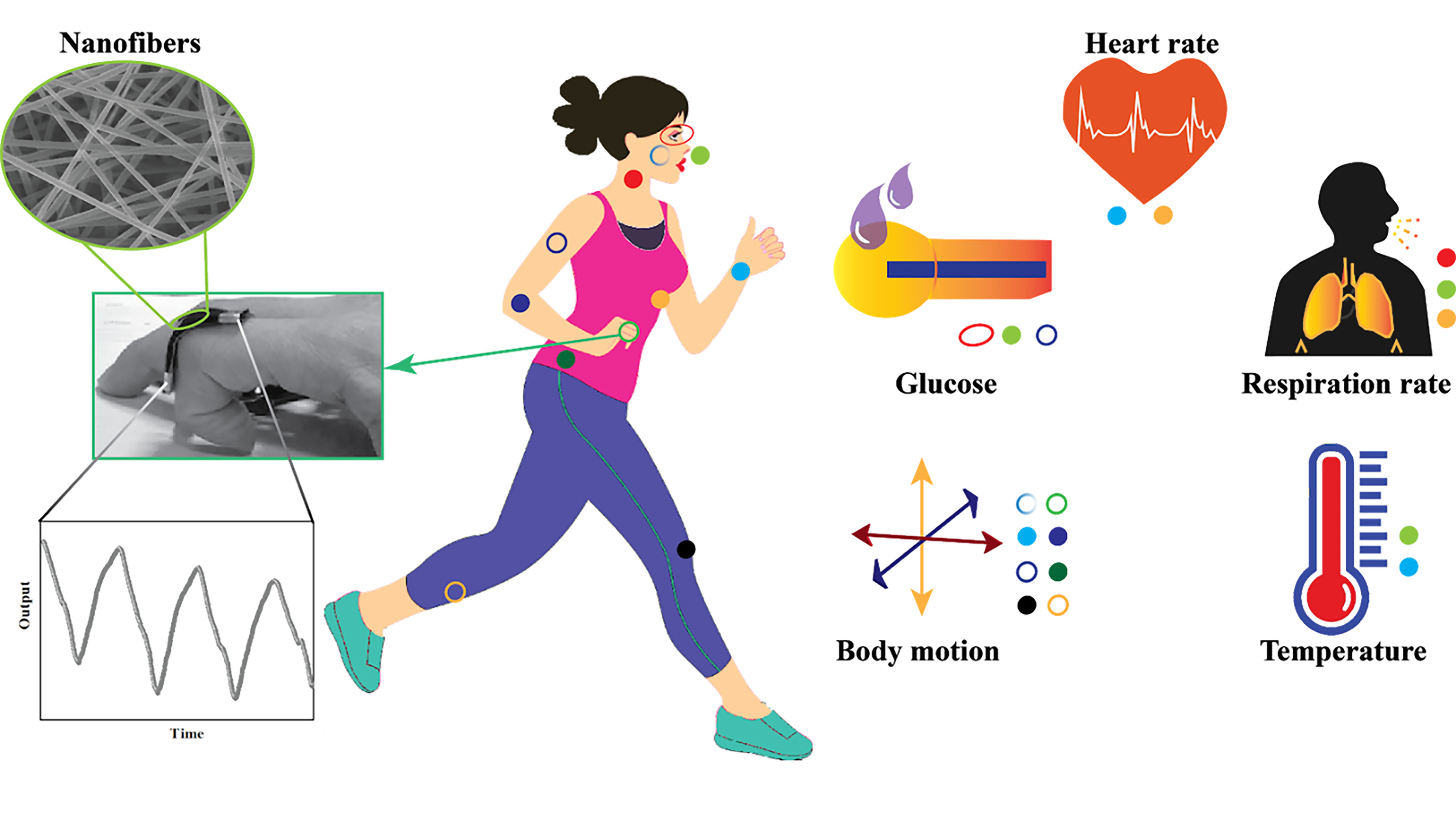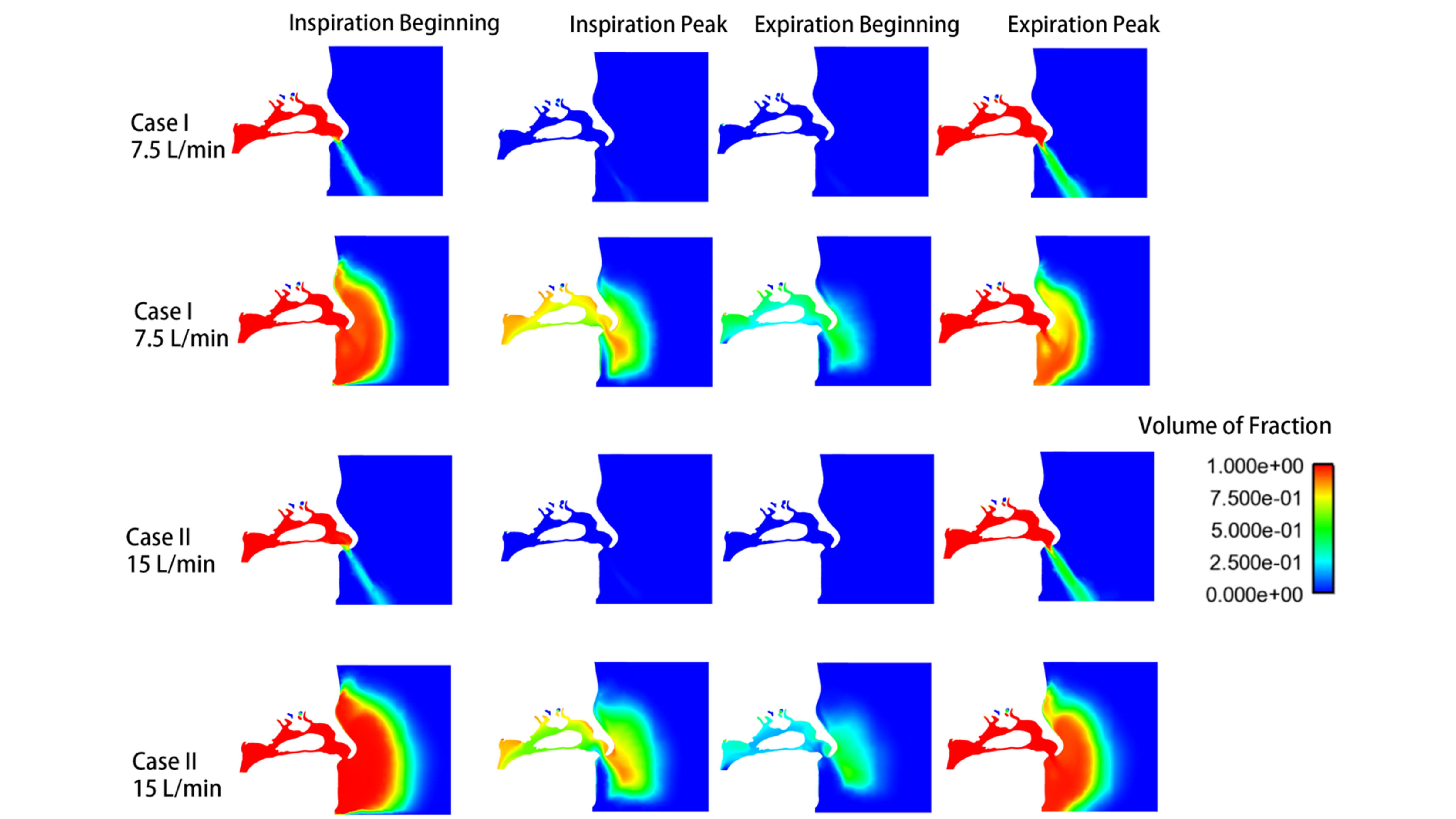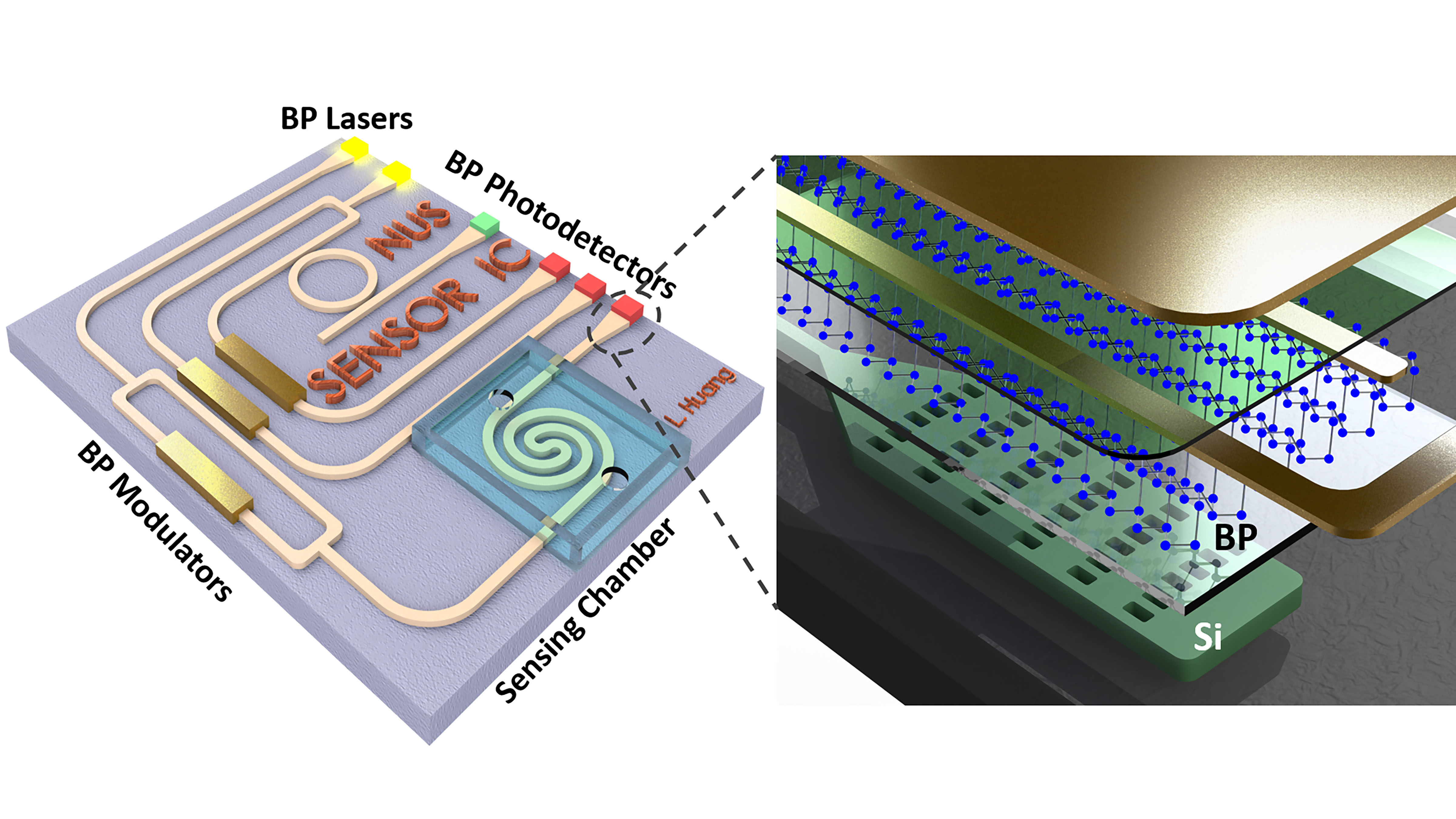A team of researchers from NUS Institute for Health Innovation & Technology (iHealthtech), led by Associate Professor Shao Huilin and Associate Professor Brian Lim, has developed a first-of-its-kind technology to map out diverse protein interactions in cells using DNA barcodes.
The technology, dubbed TETRIS, can explicitly identify and quantify multiple interacting partners in large protein assemblies. By capturing the complex hierarchy of protein interactions within tumour cells, the technology uncovers detailed molecular mechanisms driving disease progression. This enables more precise diagnostics, allowing for the accurate sub-typing of cancers and the identification of aggressive forms of the disease in just a few hours, which was not possible previously.
